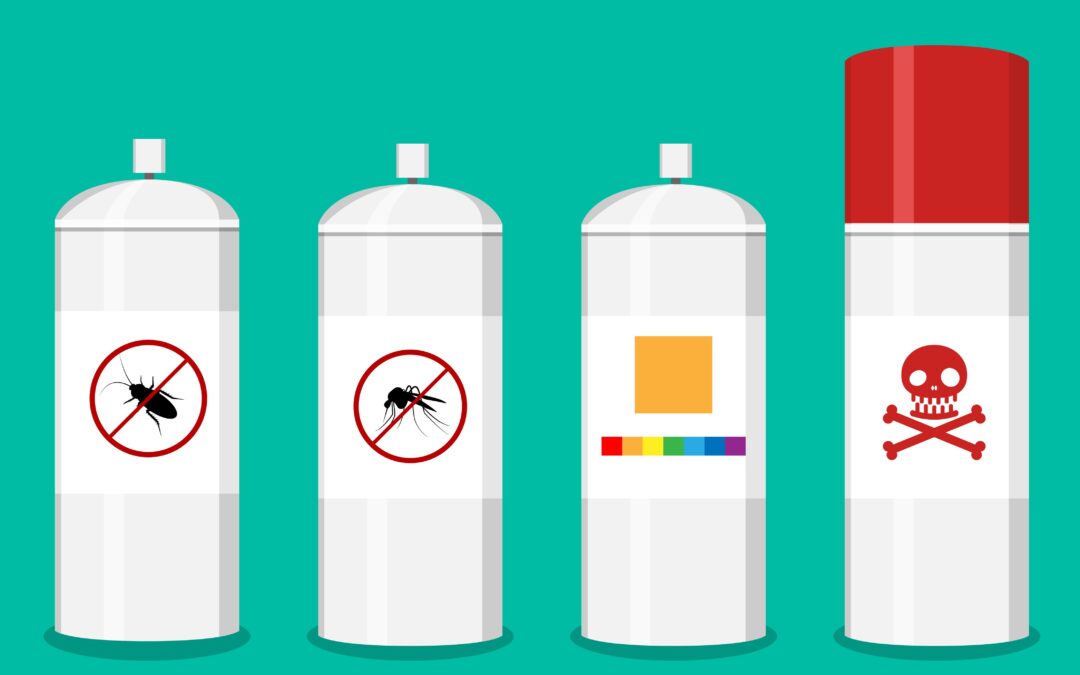What is Chroming? Chroming—or “dusting”—is the slang name for a dangerous form of inhalant abuse in which individuals intentionally inhale volatile household chemical vapors to achieve a brief but intense high. Often involving products like keyboard dusters, aerosol sprays, paint thinners, or nitrous oxide canisters, chroming is a resurgence of an old problem with potentially fatal consequences.
A recent tragic case involved 19-year-old Renna O’Rourke from Phoenix, who died after inhaling keyboard dusting spray for a viral social media video—suffering sudden sniffing death syndrome after going into cardiac arrest. Her case highlights just how lethal chroming can be.
Why Chroming Is a Significant Concern
Easy Access to Lethal Substances
- Products used for chroming—such as aerosol dusters and metallic paint sprays—are widely available and often under parental radar, lacking age restrictions or age verification at checkout.
A Viral Trend Among Youths
- Driven by social media platforms like TikTok, chroming is framed as a “challenge,” attracting adolescents seeking quick notoriety, attention, or a low-cost high
Deadly Short-Term Effects
- Despite lasting only a few minutes, chroming can cause sudden death through sudden sniffing death syndrome—a rapid-onset cardiac arrest, even in first-time users.
How Chroming Affects the Body
- Hypoxia: The inhaled solvents displace oxygen, depriving the brain and heart of critical oxygen, which can result in sudden cardiac arrest and organ failure.
- Neurological Damage: Chronic inhalant use can lead to memory loss, cognitive decline, dizziness, coordination issues, chronic headaches, and even irreversible brain damage
- Organ Harm: Repeated exposure harms vital organs—causing liver and kidney damage, lung inflammation, and chronic respiratory issues
- Psychiatric Issues: Long-term use increases risk for depression, anxiety, and substance-induced psychosis .
Signs of Chroming to Watch For
- Physical Indicators:
- Chemical odors (paint, solvent) on breath, clothing, or surroundings.
- Paint or solvent stains, especially on face, hands, or clothing.
- Nosebleeds, mouth sores, red or irritated eyes.
- Slurred speech, drowsiness, problems with coordination.
- Headaches, dizziness, nausea, vomiting.
- Behavioral & Psychological Indicators
- Secretive behavior, withdrawn, mood swings.
- Declining school or work performance, loss of interest in hobbies.
- Evidence of aerosol cans, solvents, or unusual paraphernalia stored in child’s rooms.
The Addictive Nature of Inhalants
Although chroming isn’t traditionally considered addictive like opioids or alcohol, it can nonetheless lead to psychological dependence. Users often chase the short-lived euphoria with repeated binges, escalating their exposure to toxicity. Withdrawal symptoms—such as irritability, insomnia, nausea, and tremors—can occur, making it difficult to stop without support .
Prevention and Intervention
- For Parents and Caregivers
- Educate your children factual dangers of chroming—use open, non-judgmental conversations.
- Monitor and secure aerosol cans, dusters, and solvents; lock them away if needed.
- Stay vigilant: check for missing cans, chemical smells, or secretive behaviors .
- For Educators & Guardians
- Raise awareness about chroming in classrooms, parenting groups, and community events.
- Enable early detection: train to identify signs and patterns of inhalant misuse.
- Provide safe disclosure settings where teens feel comfortable asking for help.
- For Healthcare Providers
- Screen adolescents for inhalant use, especially presenting neurological complaints or unexplained symptoms.
- Offer early intervention through counseling, behavioral therapy, and substance abuse treatment.
- In suspected overdose or acute exposure, monitor vitals, provide oxygen support, heart monitoring, and follow poison control protocols.
Tragic Cases That Illuminate the Danger of Chroming
- Renna O’Rourke, a vivacious 19-year-old from Tempe, died after trying chroming for a social media challenge, thrusting chroming into national awareness.
- An 11-year-old UK boy died in 2023 during a chroming session at a sleepover.
- Teen hospitalizations and deaths from chroming have been reported worldwide, including cases in Australia and the U.S., underscoring the global nature of this issue .
Hope Through Education about Chroming and Community Action
Chroming is not just an individual tragedy; it’s a public health threat that demands awareness and unified action. Parents, teachers, healthcare providers, and policymakers must act now to curb this deadly trend:
- Amplify education and awareness campaigns on the risks associated with inhalants.
- Regulate access to potential inhalants, especially in stores and online platforms commonly accessible by youth.
- Cultivate open spaces where young people feel supported and can ask for help without judgment.
- Support youth mental health by addressing stress, anxiety, and peer influence—often underlying causes of inhalant experimentation.
Final Thoughts on Chroming and Other Inhalant Abuse
Chroming is a silent, stealthy, and deadly form of addiction that primarily targets our most vulnerable youth. The fleeting euphoric rush is a trap that can cost a lifetimes in hospital or the irredeemable loss of life. Vigilance, compassion, and proactive prevention are our best defenses. By educating ourselves and our children, removing easy access, and supporting at-risk young people, we can stop a preventable tragedy from taking root.

